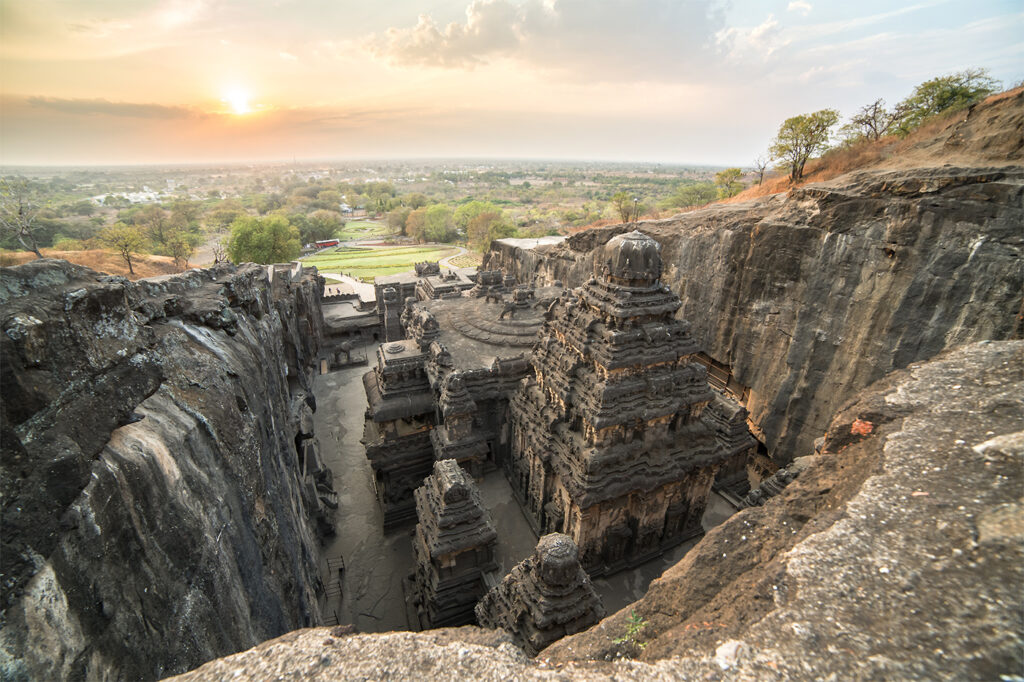
India unveils ‘MACE’ Asia’s largest Cherenkov telescope in Ladakh’s Hanle: Giant leap for cosmic ray research
India on Wednesday (Oct 9) inaugurated Asia’s largest imaging Cherenkov telescope at Ladakh’s Hanle. Perched at an altitude of almost 4,300 metres, the Major Atmospheric Cherenkov Experiment (MACE) observatory is also the world’s highest telescope of its kind.
The telescope was built indigenously by the Bhabha Atomic Research Centre (BARC) in collaboration with the Electronics Corporation of India Ltd (ECIL) and other Indian industry partners.
Dr Ajit Kumar Mohanty, Secretary DAE & chairperson of the Atomic Energy Commission, inaugurated the observatory. He stressed how the MACE project can contribute to scientific research and the socio-economic development of Ladakh.
Why is MACE special?
MACE is touted to propel India to the forefront of cosmic ray research globally by allowing scientists to study high-energy gamma rays. These observations will allow for deeper insights into some of the universe’s most energetic phenomena, including supernovae, black holes, and gamma-ray bursts.
Interesting facts about the MACE observatory
The telescope has a 21-metre diameter, weighs 175 tonnes, and its reflector surface spans 356 square metres. It includes 1,424 diamond-turned metallic mirror facets that can be aligned with a precision of 2 mm across the parabolic surface, 712 actuators, 1,088 photomultiplier tubes, and 68 camera modules.
MACE’s lightweight construction provides high strength and temperature endurance, while its ultra-fast backend electronics, featuring nanosecond digitisation, are optimised for low-power and cold-temperature operations.
The design allows MACE to capture gamma-ray flares, with early work detecting flares from sources up to 200 million light-years away.
How MACE works
Gamma rays do not reach Earth’s surface because the atmosphere absorbs them. However, they create high-energy particles that emit Cherenkov radiation, similar to a sonic boom, as they travel faster than light through the atmosphere. MACE’s mirrors and cameras capture this radiation, which is then traced back to its cosmic source.
Why Hanle?
Hanle, due to its extremely low light pollution, offers ideal conditions for gamma-ray observations. Its unique longitudinal position also allows MACE to monitor cosmic sources invisible from other locations globally.
(With inputs from agencies)





Responses